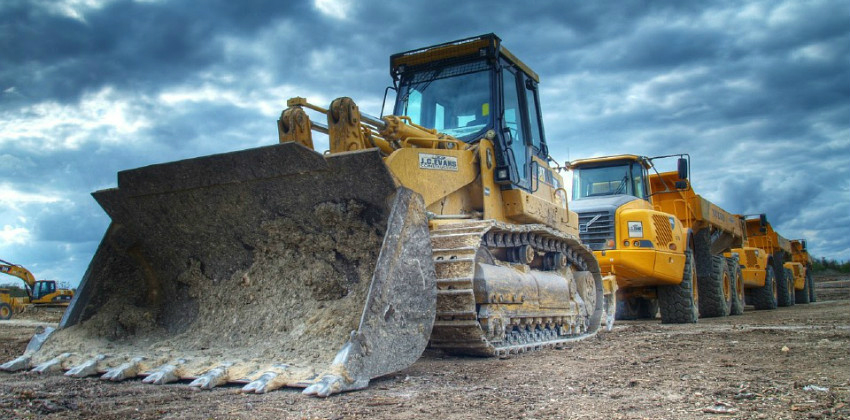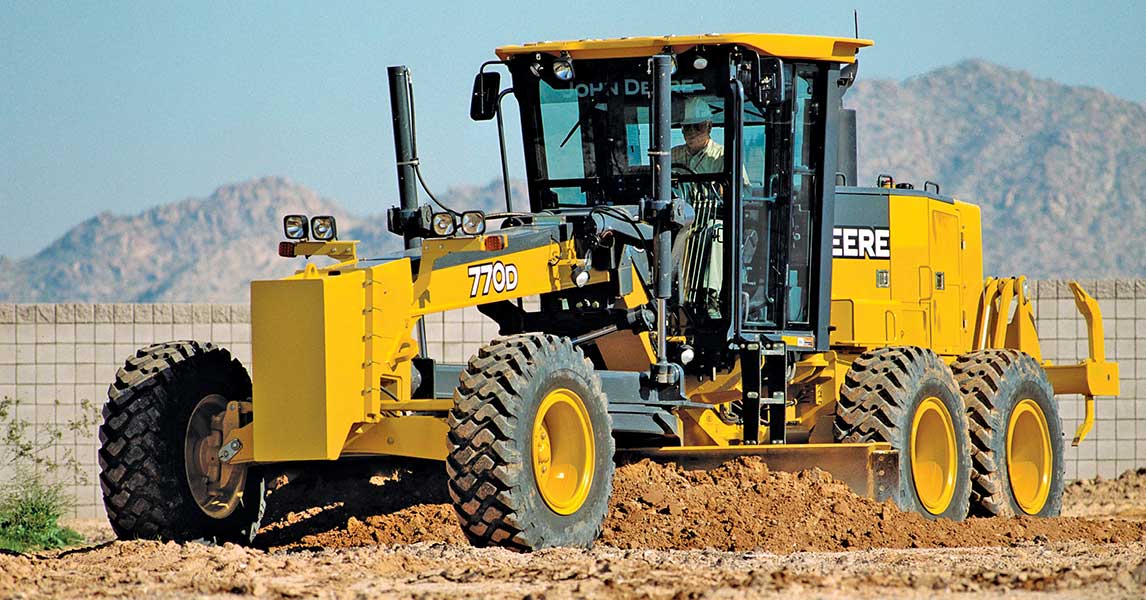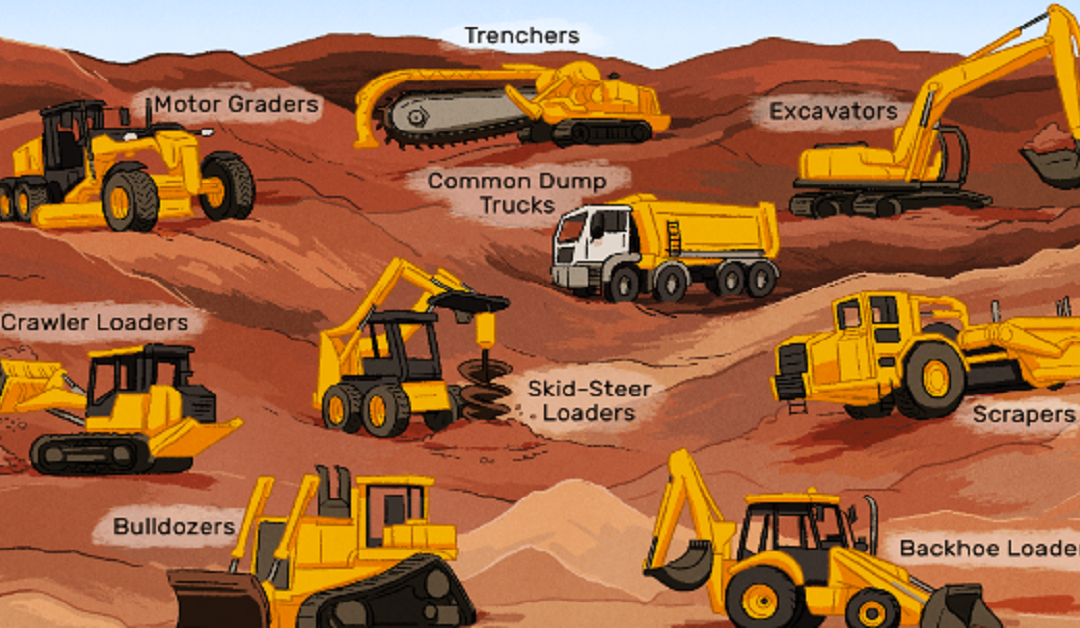Cost Effective Dozer Rental Providers Near You
Cost Effective Dozer Rental Providers Near You
Blog Article
Leasing Vs. Acquiring Building Devices: Making the Right Selection for Your Project
When beginning on a construction job, one of the important decisions that project managers and stakeholders encounter is whether to get or lease building equipment. The choice pivots on numerous variables such as price factors to consider, project period, devices maintenance, risk, scalability, and adaptability monitoring.
Cost Factors To Consider
When reviewing the economic element of leasing versus buying building equipment, the lasting costs and in advance expenses have to be carefully taken into consideration. Renting devices often requires lower first settlements compared to acquiring, making it an appealing choice for temporary tasks or service providers with spending plan restraints. Leasing removes the need for huge capital investments and decreases the financial risk connected with tools possession, such as maintenance and devaluation prices. Nonetheless, in the future, constantly renting out tools can gather greater prices than acquiring, particularly for prolonged tasks.
On the various other hand, acquiring building and construction equipment involves greater ahead of time expenses but can cause long-term financial savings, especially for regular users or long-lasting projects. Owning equipment supplies versatility, convenience, and the possibility for resale worth once the project is completed. Additionally, owning tools permits personalization and familiarity with certain machinery, potentially enhancing effectiveness and productivity on-site. Inevitably, the choice between getting and renting out construction tools rests on the project's duration, frequency of usage, spending plan considerations, and lasting economic objectives.
Project Period

Alternatively, for lasting jobs or recurring construction job, getting equipment could be the much more economical choice. Buying devices can result in set you back savings over time, particularly if the devices will be often used. Additionally, having devices offers a sense of control over its availability and allows for personalization to fit specific job requirements.

Devices Maintenance
Given the vital function project duration plays in establishing one of the most cost-efficient strategy in between buying and leasing building equipment, the emphasis now changes towards examining the vital facet of equipment maintenance. Appropriate upkeep is critical for guaranteeing the ideal performance and durability of building tools. Leasing devices often comes with the benefit of having actually well-kept equipment given by the rental business. This can minimize the burden of upkeep jobs from the project owner or contractor, conserving effort and time. On the various other hand, owning devices requires a proactive technique to maintenance to avoid break downs, make certain security, and expand the equipment's life expectancy. Regular assessments, maintenance, and prompt repair services are required to keep owned and operated devices in top working condition. Consider maintenance expenses when choosing between purchasing and renting, as overlooking maintenance can result in pricey repairs, downtime, and task hold-ups. Ultimately, a well-maintained construction devices fleet, whether leased or owned, is vital for the effective and effective completion of building projects.
Versatility and Scalability
In the world of building and construction tools management, the element of flexibility and scalability holds considerable relevance for task efficiency and resource utilization. Choosing to lease building tools supplies a high degree of versatility as it permits the quick modification of equipment kinds and amounts based on the developing demands of a project. Leasing makes it possible for contractors to access a large range of specific tools that may be required for particular jobs without the long-term commitment of ownership. This adaptability is particularly beneficial for projects with differing needs or uncertain periods (construction equipment rentals).
Renting out building and construction equipment supplies the advantage of easily scaling operations up or down as task needs vary. Service providers can swiftly trade or add equipment to match the task's changing demands without the restrictions of possessing assets that may come to be underutilized or outdated.
Danger Management
Reliable threat administration in building and construction equipment operations is vital to guaranteeing task success and mitigating potential financial losses. Construction projects inherently include numerous threats, such as tools failures, accidents, and task delays, which can considerably influence the project timeline and budget plan. By very carefully considering the risks linked with owning or leasing building tools, project managers can make educated decisions to minimize these prospective hazards.
Renting construction equipment can supply a degree of danger reduction by moving the responsibility of repair and maintenance to the rental company. This can decrease the monetary concern on the project owner try this website in case of unanticipated tools Read Full Report failings (boom lift rental). Furthermore, renting gives the flexibility to access specialized devices for specific job stages, minimizing the threat of having underutilized machinery
On the various other hand, having construction tools gives a sense of control over its usage and maintenance. Nonetheless, this additionally suggests birthing the full duty for repairs, maintenance costs, and devaluation, boosting the financial risks connected with equipment possession. Mindful threat evaluation and consideration of elements such as job period, tools application, and upkeep needs are critical in determining the most ideal option for efficient risk management in building tasks.
Conclusion
In conclusion, when choosing between renting and buying construction tools, it is vital to think about expense, project period, equipment maintenance, risk, scalability, and adaptability management. Each aspect plays an essential function in identifying one of the most ideal option for the job at hand. By carefully assessing these aspects, task supervisors can make an educated choice that lines up with their budget plan, timeline, and general task goals.

Report this page